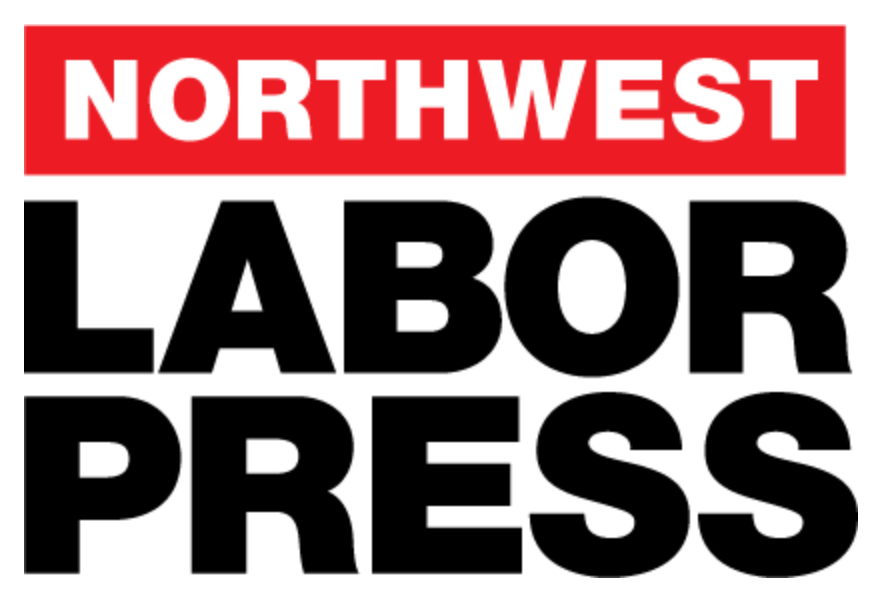The U.S. Treasury Department has rejected a plan by the Teamsters Central States Pension Fund to reduce retiree pension benefits in order to save the plan itself from insolvency.
Until last year, no union-sponsored multi-employer pension plan was allowed to reduce benefits for workers who had already retired and were collecting pension benefits. If a pension fund was headed for insolvency, it was required to spend down its assets, at which point the Pension Benefit Guaranty Corporation (PBGC) — a federal government insurance program — would step in with resources to pay a reduced benefit. But pension investment losses in the 2008 financial market meltdown created a crisis, particularly in funds in declining industries that had more retirees than active members, and that crisis threatened to make PBGC itself insolvent. Rather than bail out the PBGC with taxpayer dollars like it bailed out the banks, Congress passed a law in December 2014 that allowed pension trustees to trim some retiree benefits — if that could prevent the funds themselves from failing.
The law, the Kline-Miller Multi-employer Pension Reform Act, was tacked onto an omnibus spending bill and passed without a hearing and with less than seven minutes of debate. The way the law works, pension funds can’t cut benefits for those over 85, and they can’t cut below the benefit level PBGC would have provided, but they also have to cut benefits enough to save the fund. The cuts have to be approved by the Treasury Department, and then pension plan participants also get a chance to reject it through a vote.
The Central States Pension Fund — covering Teamsters in an area stretching from New York to Texas — is by far the biggest failing pension plan, with 411,000 participants. It has $16.1 billion in assets, but it’s spending $2 billion a year more on benefits than it takes in from active employers, so it’s on track to run out of money in 10 years or less. It was the first to seek to use the new legal authority to cut benefits. Its proposal would have cut benefits for about 270,000 people. Cuts would have averaged about 23 percent, but some retirees receiving over $2,700 a month were slated to lose as much as $1,500 a month.
But on May 6, Treasury Special Master Kenneth Feinberg, who was appointed to review proposed benefits cuts under the new law, rejected the Central States trustees’ cuts proposal. Feinberg cited three reasons for rejecting the application: The cuts weren’t equitably distributed; the notices sent to participants weren’t comprehensible to an average person; and the proposal used unreasonably high assumptions about future investment returns (7.5 percent a year), so that the cuts would not guarantee the plan’s long-term survival.
The rejection was cause for celebration among affected Teamster retirees. Retired Teamsters throughout the country had formed more than 60 regional committees to oppose the proposed cuts, and to urge Congress and the Treasury Department to prevent the cuts.
OTHER UNION PENSION PLANS THAT HAVE APPLIED TO CUT BENEFITS
Iron Workers Local 17 Pension — Cleveland — 2,067 participants
Teamsters Local 469 Pension — New Jersey — 1,803 participants
Road Carriers Local 707 Pension — New York — 4,664 participants
Iron Workers Local 16 Pension —Baltimore — 1,119 participants



This was nothing but a “legalized” benefit cut. Teamster Local 707 had almost 3X the retirees, that the other plans had. This was aimed at Teamster Truckers. It’s 2017, and those cuts are still going on. We now have $600.00 per month left to us, after our $1,938.00 monthly pension plan was slashed TWICE – FIRST when we were 77 to $1,100/month last year (2016-16), and SECOND when we were 78 years old(2017) cut again to $600. We expect that next year, we’ll be starving in the streets. We won’t reach age 80 (when the cuts presumably stop) because we’ll be dead by then, from wandering the streets as homeless.